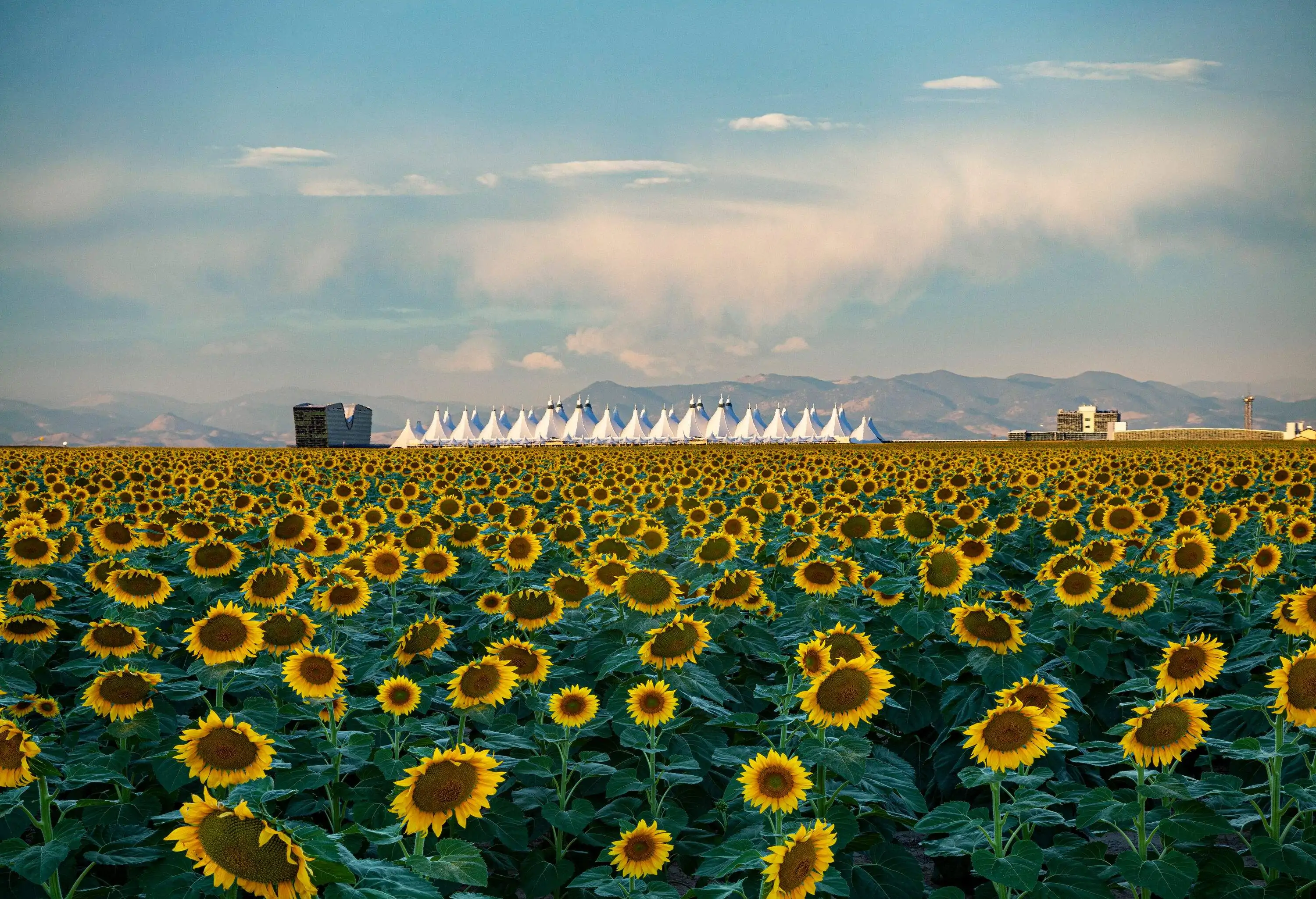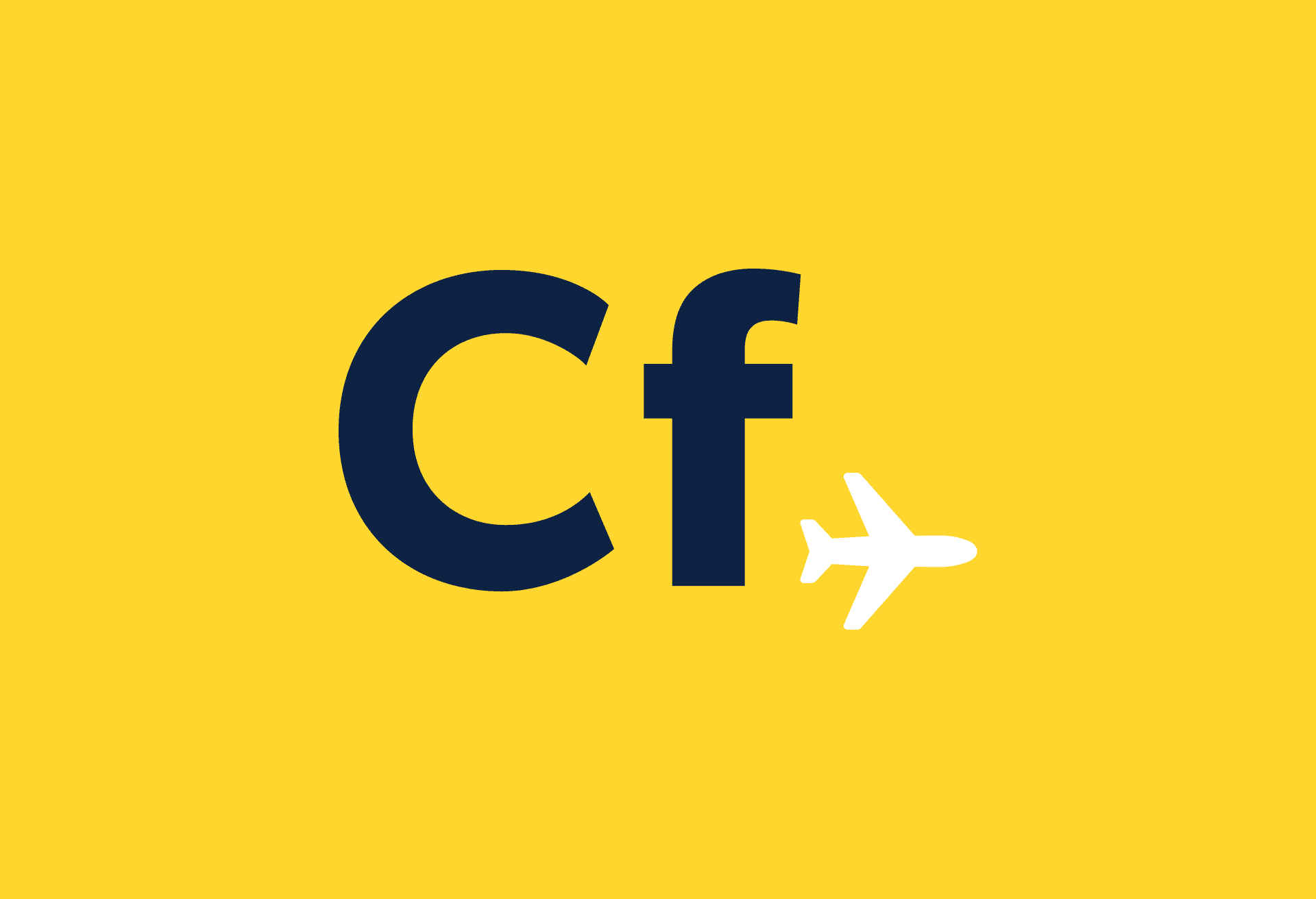Top 10 local dances around the world
Whether it’s cathartic, energizing, romantic, funny, celebratory or just plain embarrassing, the excuses to get out on the dance floor are seemingly endless. Between wedding season and the abundance of summer festivals currently happening, people all over the globe are putting on their dancing shoes and busting out moves. Read about our favourite dance traditions around the world with our list of top 10 local dances.
Hula, Hawaii, United States – Nothing says Hawaii like hula dancing. This ancient dance tradition was brought over by the Polynesians to the Hawaiian Islands as a form of entertainment for the high chiefs and a way to worship the gods. Many traditions of hula have been altered in recent decades, like the lei (a traditional flower necklace), which was intended as a gift to the gods that dancers were not allowed to wear after their routine, and the costume, which consisted of topless women wearing grass skirts and men wearing loin cloths. But despite becoming a more family-friendly event for tourists, the art form of hula dancing hasn’t lost its beauty.
Bon Odori, Japan – Bon Festivals, known as Obon, have been a part of Japanese Buddhist culture for more than 500 years, and, like many traditional festivals, there is a dance affiliated with the celebration known as bon odori. The Obon festival in Japan typically lasts for three days, and during this time it is believed that one’s ancestors revisit him or her to make sure all is well in the family. Bon odori is a way to welcome the ancestors and thank them for their sacrifices. While there are different varieties of the dance depending on the region, many are performed during street parades where anyone is welcome to join.
Irish Stepdance, Ireland– Michael Flatley and his Riverdance might make Irish stepdance look unsuitable (if not impossible) for amateurs, but this long-standing dance tradition has many styles performed at all levels. While Irish stepdance can be traced back to pre-Christian times across Ireland, nowadays it has become a staple at Irish festivals or St. Patrick’s Day events all over the world. But for those looking to strut their stepdancing stuff, it’s not just about the dance moves; traditional garb and Irish music are usually necessities.
Ghoomar, Rajasthan, India – This folk dance of Southern India is not just a display of rhythmic talent; its graceful performance in conjunction with the twirling of colourful, long-flowing skirts elevates its aesthetic appeal. While the dancers are only veiled women spinning around the room, occasionally snapping or clapping, both men and women are expected to sing together. Like so many folk dances, ghoomar is usually performed during special occasions to worship religious deities.
Maypole Dance, United Kingdom – Originally a pagan custom, on the First of May women would dance around the maypole (a wooden pole in the ground that rises anywhere from six to 60 feet) to celebrate sex and fertility. Today, the tradition has transformed so that dancers, usually children, wrap ribbons in different patterns around the pole while dancing and singing in celebration of May Day. Although several western European countries have a similar maypole ritual, the celebration in the United Kingdom is considered the largest and most established.
Samba, Brazil – Samba is more than a dance in Brazil; it’s a symbol of the Brazilian people and a cultural life force. Much of the world associates samba with the Brazilian Carnival, but there are actually more than seven different types of samba and it is always danced in conjunction with samba music, a lively style of music usually consisting of guitars, tambourines and drums. If you find yourself in Brazil wanting to samba but are unsure of the moves, don’t be shy. Brazilians love showing off their skills, and you’ll have no problem finding a dance partner.
Harlem Shake, New York, United States – We know you’ve seen countless YouTube videos of dancers shaking their limbs to the rapid beat of Baauer’s “Harlem Shake”, but believe it or not, the real Harlem shake is a dance with actual moves brought over to Harlem, New York from Eastern Africa in the early 1980s. It’s derived from a dance called Eskista, which, like the Harlem shake, involves lots of shoulder quaking and head quivering. But don’t let that deter you from practising your moves for the next flashmob — we’re sure you’ll pick up the real Harlem shake in no time.
Flamenco, Spain – As with many cultural folk dances, flamenco is an art form in Spain. Derived from the Spanish word for flame, the flamenco dance is known for its passion and intensity and is usually made up of singing, guitar playing, feet stomping and the iconic hand claps. In addition to music and dance, the costumes worn play an important part in the tradition and are designed to accentuate the movements of the dancers so audience members’ senses are heightened in all aspects.
Haka, New Zealand – Traditionally, the haka was more of a war cry rather than a dance, and it was performed before battles by Maori warriors to scare off the enemy. Like many dances, there are several versions of the haka, but the most popular is the Ka Mate, which has been made globally famous by the All Blacks New Zealand rugby team. The dance is a series of chanting, stomping and chest beating, and, if the Ka Mate is not performed in complete unison before battle, it is considered bad luck for the warriors. The haka has been performed by the New Zealand national rugby team before games since 1905 and has since been adopted by other national teams in New Zealand.
Salsa, Cuba – Salsa dancing has exploded in recent decades as a popular pastime thanks to salsa dance clubs and music becoming more popular in countries all over the world. Since its inception during the 1920s in Cuba, this dance tradition has taken on new and different styles, including New York style, LA style, Miami style and Colombian style, making it one of the most popular international dances. But it’s not just a dance for the experts – with its simple foot movements, just about anyone can learn how to salsa dance.
(Main image: dicktay2000)



